While most e-readers can display special characters (such as and ), many cannot search for words containing them, unless the special characters themselves are typed into the search box. If you are unable to type these characters, please browse for your term using the .
OXFORD QUICK REFERENCE
A Dictionary of
Electronics and Electrical Engineering

For recommended web links for this title, visit
www.oxfordreference.com/page/elec when you see this sign

Great Clarendon Street, Oxford, OX2 6DP, United Kingdom
Oxford University Press is a department of the University of Oxford. It furthers the Universitys objective of excellence in research, scholarship, and education by publishing worldwide. Oxford is a registered trade mark of Oxford University Press in the UK and in certain other countries
Market House Books Ltd 1979, 1988, 1998, 2005, 2018
The moral rights of the authors have been asserted
First edition by Penguin 1979
Second edition 1988
Third edition 1998
Fourth edition 2005
Fifth edition published by Oxford University Press 2018
Impression: 1
All rights reserved. No part of this publication may be reproduced, stored in a retrieval system, or transmitted, in any form or by any means, without the prior permission in writing of Oxford University Press, or as expressly permitted by law, by licence or under terms agreed with the appropriate reprographics rights organization. Enquiries concerning reproduction outside the scope of the above should be sent to the Rights Department, Oxford University Press, at the address above
You must not circulate this work in any other form and you must impose this same condition on any acquirer
Published in the United States of America by Oxford University Press 198 Madison Avenue, New York, NY 10016, United States of America
British Library Cataloguing in Publication Data
Data available
Library of Congress Control Number: 2017961530
ISBN 9780198725725
ebook ISBN 9780191038662
Printed in Great Britain by Clays Ltd, St Ives plc
Links to third party websites are provided by Oxford in good faith and for information only. Oxford disclaims any responsibility for the materials contained in any third party website referenced in this work.
Contents
This dictionary was first published in 1979 as the Penguin Dictionary of Electronics and ran to four editions under that title.
This new edition for Oxford University Press has been thoroughly updated throughout, and has also been substantially expanded to cover a number of rapidly developing fields that have become central to electronics in the twenty-first century. These include digital systems, modern communications engineering, audio technology, and optoelectronics. To this end we have added more than 700 new entries on subjects ranging from robotics and nanotechnology to microwave systems and image processing.
Diagrams and tables are included in support of entries as appropriate. There are also a number of Appendices, including the Greek Alphabet, Electrochemical Series, Derived SI Units with Special Names, and Graphical Symbols.
An asterisk placed before a word used in an entry indicates that this word is itself an article in the dictionary, and that the article will provide further relevant information. Some entries simply refer the reader to another entry, indicating either that they are synonyms or abbreviations or that they are most conveniently explained in one of the dictionarys longer articles. Synonyms and abbreviations are usually placed within parentheses immediately after the headword. Terms that are explained within an entry are highlighted by being printed in bold type.
JL
ASK
2018
Editors
Dr Andrew Butterfield, BA, BAI, PhD
Dr John Szymanski, BSc, D.Phil
Market House Books Editors
Jonathan Law
Anne Stibbs Kerr
Editors of Earlier Editions
Carol Young, BSc (author, first and second editions)
Valerie Illingworth, BSc, M.Phil (third edition)
Professor David M. Howard, BSc (Eng), PhD, C.Eng, FIEE, FIOA, MEAS (fourth edition)
Contributors for the Earlier Editions
John Young, BSc, MSc (first and second editions)
Dr John Wood, BSc, PhD, C.Eng, MIEE, MIEEE (third edition)
Professor Andy M. Tyrell, BSc, PhD, C.Eng, FIEE, Senior MIEEE (fourth edition)
Dr Paul E. Garner, BSc (fourth edition)
Dr David A. J. Pearce, BA (Cantab), D.Phil, MIEEE, AMIEE (fourth edition)
Dr Stuart J. Porter, BSc, D.Phil, AMIEE, MIEEE (fourth edition)
Mr Tony E. Ward, BSc, MBA, C.Eng, MIEE, MIEEE (fourth edition)
Dr Yongbing Xu, BSc, MSc, PhD (Nanjing), PhD (Leeds), M.Inst.P. (fourth edition)
.
.
A defect in the image produced by an optical or electronic lens system.
). In practice such a junction may be approximately realized when one side of the junction is much more highly doped than the other, i.e. a p+-n or n+-p junction. This is a one-sided abrupt junction.
.
The difference between the calculated or measured value (vm) of some property and its true value (v), often denoted as  . It can usually be computed as
. It can usually be computed as  . A related concept is that of relative error, which compares the size of the absolute error to the size of the true value and is given by
. A related concept is that of relative error, which compares the size of the absolute error to the size of the true value and is given by  .
.
scale.
Attenuation of a radiowave due to dissipation of its energy, as by the production of heat. Attenuation of a beam of light by a crystal due to localized vibrational modes in the crystal resulting from the presence of impurity atoms. This gives rise to characteristic sharp troughs in the transmission or reflection spectra and can be used to analyse the material. Absorption can also occur due to photon-induced electron transitions between different energy bands in a semiconductor and can be used to determine the energy gap.
For a travelling wave in a lossy medium, the fraction of the power lost per incremental length, given in differential form by


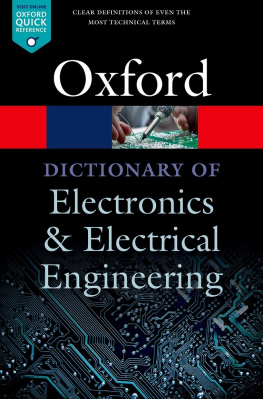

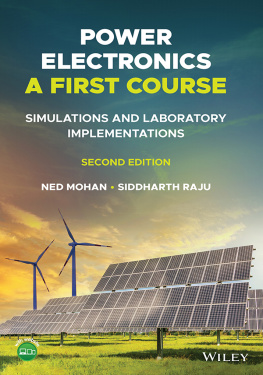
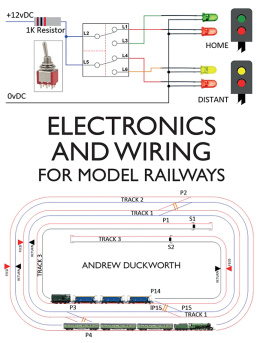


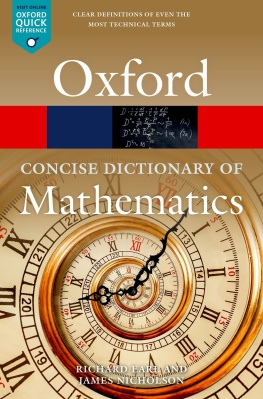

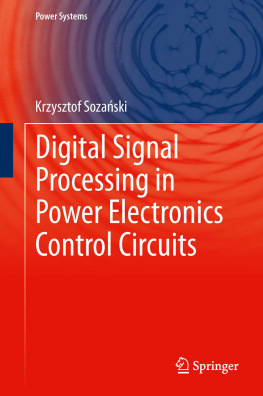
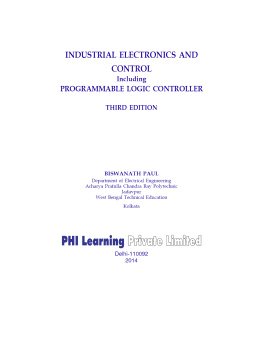
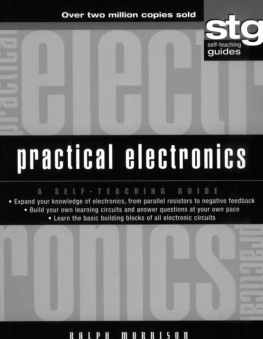




 . It can usually be computed as
. It can usually be computed as  . A related concept is that of relative error, which compares the size of the absolute error to the size of the true value and is given by
. A related concept is that of relative error, which compares the size of the absolute error to the size of the true value and is given by  .
.